How do you like Tolleson's weeping juniper?
madtripper
17 years ago
Featured Answer
Sort by:Oldest
Comments (35)
dcsteg
17 years agoEmbothrium
17 years agoRelated Professionals
Maple Valley Landscape Architects & Landscape Designers · Elwood Landscape Architects & Landscape Designers · Ferndale Landscape Architects & Landscape Designers · Conroe Landscape Contractors · Fairhope Landscape Contractors · Fairview Landscape Contractors · Kailua Landscape Contractors · Las Vegas Landscape Contractors · Long Branch Landscape Contractors · Mequon Landscape Contractors · Newnan Landscape Contractors · Ocoee Landscape Contractors · Painesville Landscape Contractors · Palos Verdes Estates Landscape Contractors · Maple Heights Landscape Contractorskarinl
17 years agofutureconiferqueen
17 years agomidwestjeff
17 years agomrgpag SW OH Z5/6
17 years agoEmbothrium
17 years agobasic
17 years agomrgpag SW OH Z5/6
17 years agotreelover3
17 years agotreelover3
17 years agoEmbothrium
17 years agoEmbothrium
17 years agodcsteg
17 years agoksg1
17 years agotreelover3
17 years agoconifers
17 years agotorreya-2006
17 years agorbatesmillernursery
17 years agoPamchesbay
17 years agodcsteg
17 years agoPamchesbay
17 years agoconifers
17 years agoconifers
17 years agoPamchesbay
17 years agodcsteg
17 years agoPamchesbay
17 years agotreelover3
17 years agoPamchesbay
17 years agodcsteg
17 years agoPamchesbay
17 years agomtthw3_earthlink_net
16 years agoauntlea_tumwater_net
13 years agoaspen0
12 years ago
Related Stories
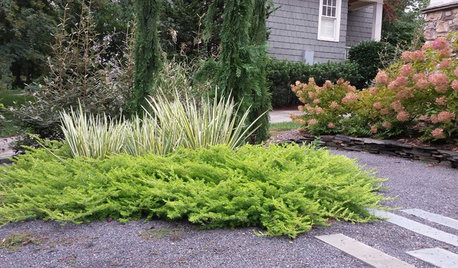
PLANTING IDEASThese Aren’t Your Grandparents’ Junipers
Dislike junipers? Maybe it’s time to discover new varieties and new uses for this garden workhorse
Full Story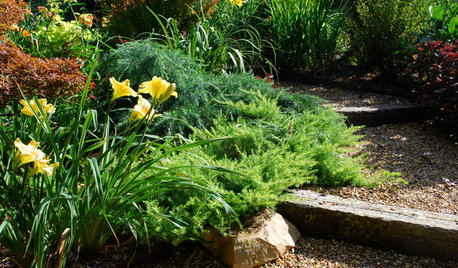
GARDENING GUIDESGreat Design Plant: Juniperus Conferta ‘Golden Pacific’
‘Golden Pacific’ shore juniper shines in sun or partial shade
Full Story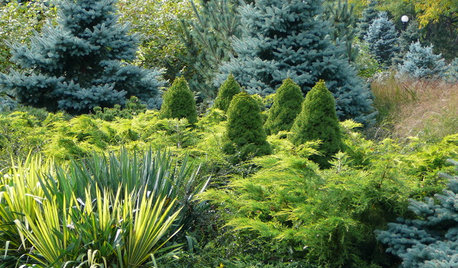
PLANTING IDEASDesigning With Conifers: Layers of Texture for Your Garden
Sharp and prickly or fine like ferns, richly textured conifers bring unexpected interest to the landscape
Full Story
SAVING WATERHouzz Call: Are You Letting Go of Your Lawn?
Many facing a drought are swapping turf for less thirsty plantings. If you’re one of them, we’d like to hear about it
Full Story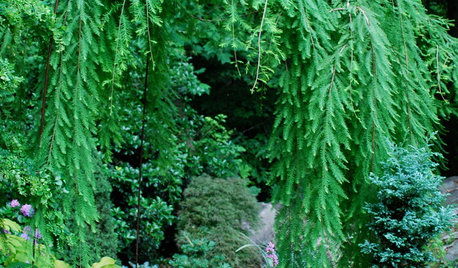
LANDSCAPE DESIGNThe Weepers and the Creepers: 10 Intriguing Trees for Your Garden
Bring something a little different to your landscape with a tree that dives, twists or crawls
Full Story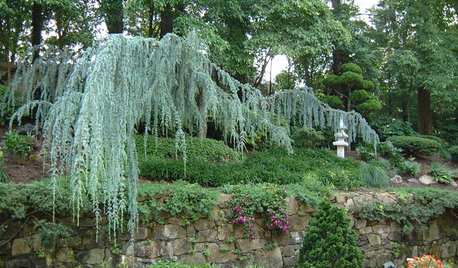
GARDENING GUIDESGreat Design Plant: Cedrus Atlantica ‘Glauca’
With its blue foliage and variety of shapes, blue atlas cedar earns its place in the sun
Full Story
GARDENING GUIDESDesigning With Conifers: Find the Perfect Fit for Your Landscape
Conifers range from fairy-garden size to 70 feet tall. Here’s how to decifer the plant tag for the perfect long-term fit in your garden
Full Story
LANDSCAPE DESIGNCalifornia Says Goodbye to the Sprawling Ornamental Lawn
New state rules will effectively limit turfgrass to 25 percent of the landscape in most new and renovated yards
Full Story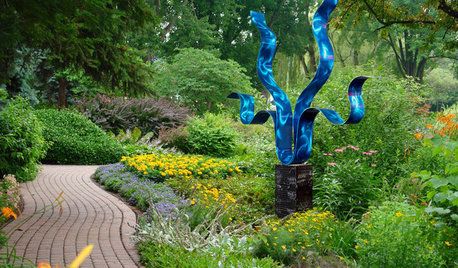
ARTWhat Sculpture Brings to the Garden
See 10 ways garden art earns its place in our personal outdoor spaces
Full Story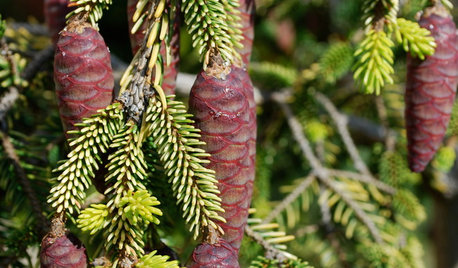
GARDENING GUIDESGreat Design Plant: Skylands Oriental Spruce, a Favorite Conifer
Brighten up a drab corner of your garden with Picea orientalis ‘Skylands’, a smaller spruce that a bird family might just call home
Full Story





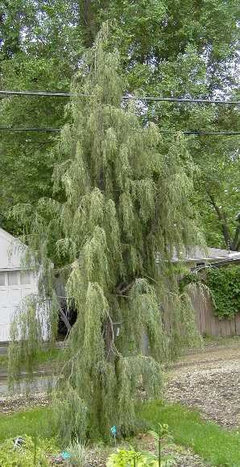

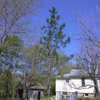
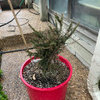


lil_rhody